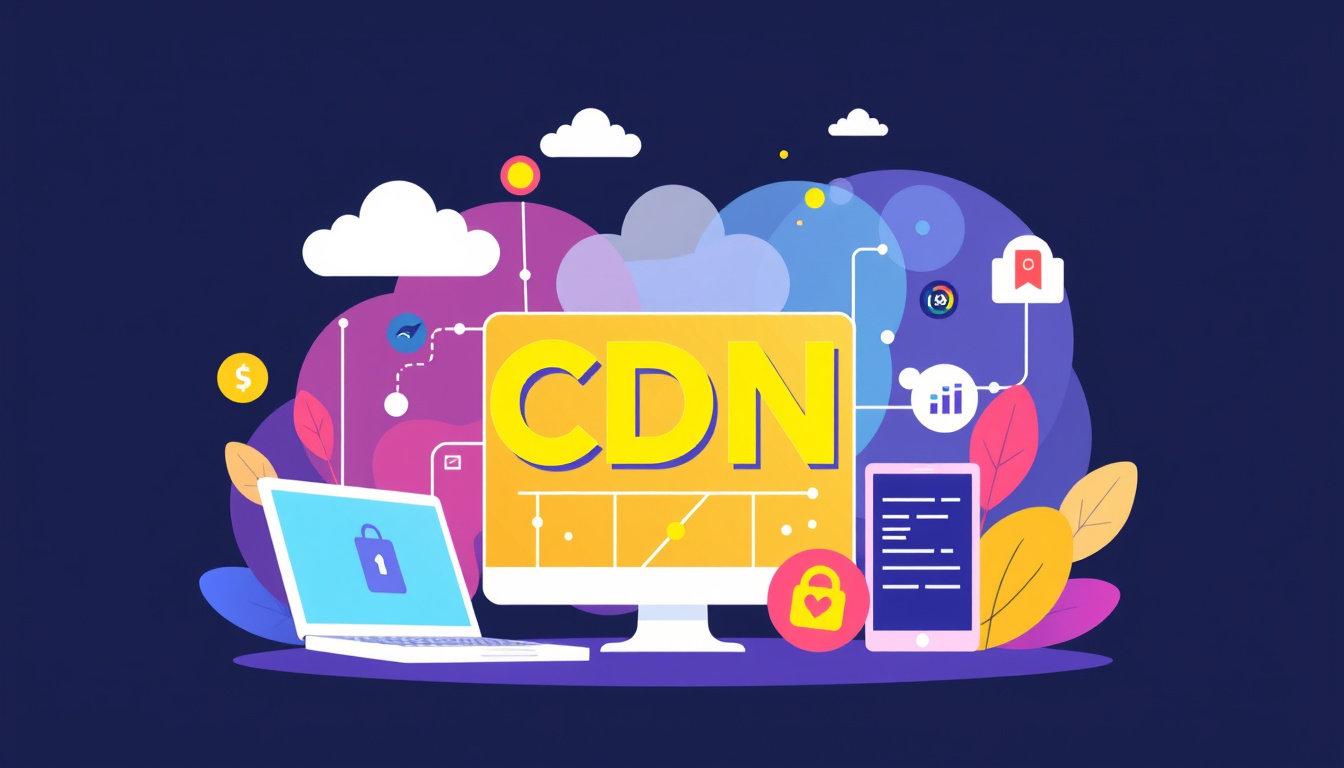Unlocking Speed and Reliability: The Essential Guide to Content Delivery Networks (CDNs)
In the web age, fast content matters. Web pages must load with little wait. CDNs use many connected machines to send data fast. This guide explains what CDNs are, how they work, and trends seen in use today.

What is a Content Delivery Network (CDN)?
A CDN is a spread network of computers. These computers store copies of online data. They sit near the user. This shortens the data trip and cuts load times.
CDNs began in the 1990s when online business grew. Today, they move a large share of web traffic. Big names like Netflix, Amazon, and Facebook use them.
How Do CDNs Work?
CDNs split data among many computers at key internet points. The design points user requests to the closest computer. This short route lowers wait time. CDNs have main parts:
-
Caching Unit: Computers keep copies of data. When a user asks for a page, the network sends the data from the nearest spot.
-
Load Guide: A set rule spreads work over many machines. This step stops one machine from getting too busy.
-
Edge Units: These computers live near users. Their closeness makes the data reach fast.
-
Safety Tasks: Many CDNs add rules that block bad traffic. This makes pages safer.
Benefits of Using a CDN
Using a CDN brings several wins:
-
Speed: With a shorter data trip, wait times drop. Fast pages hold a reader’s view.
-
Lower Data Costs: A CDN cuts the data sent from the main site. This drop in data use can bring down hosting bills.
-
More Available Data: The spread network can bear sudden bursts of use. It keeps the page working when one part fails.
-
Better Protection: Many CDNs add rules to keep web pages safe. They stop some forms of unwanted hits.
Current Trends in CDN Technology
The CDN field moves with new tech. Some trends are clear:
-
Multi-CDN Plans: Some firms use more than one CDN. This mix keeps work steady over many spots.
-
Edge Computing: Some computers now work close to users to do tasks. This short route helps real-time apps work fast.
-
Serverless Ways: More CDNs now work with plans that run code on demand. Developers can set code to run without a fixed server.
-
Focus on Data Privacy: Rules guide the safe use of data. CDNs add steps to keep user data safe and meet set marks.
Conclusion
CDNs support the modern web. They bring fast data, steady work, and safety to online pages. Knowing how a CDN works can boost site feel, lower costs, and keep a site strong in a busy market. As tech grows, knowing CDN trends helps to get the best from this system.
